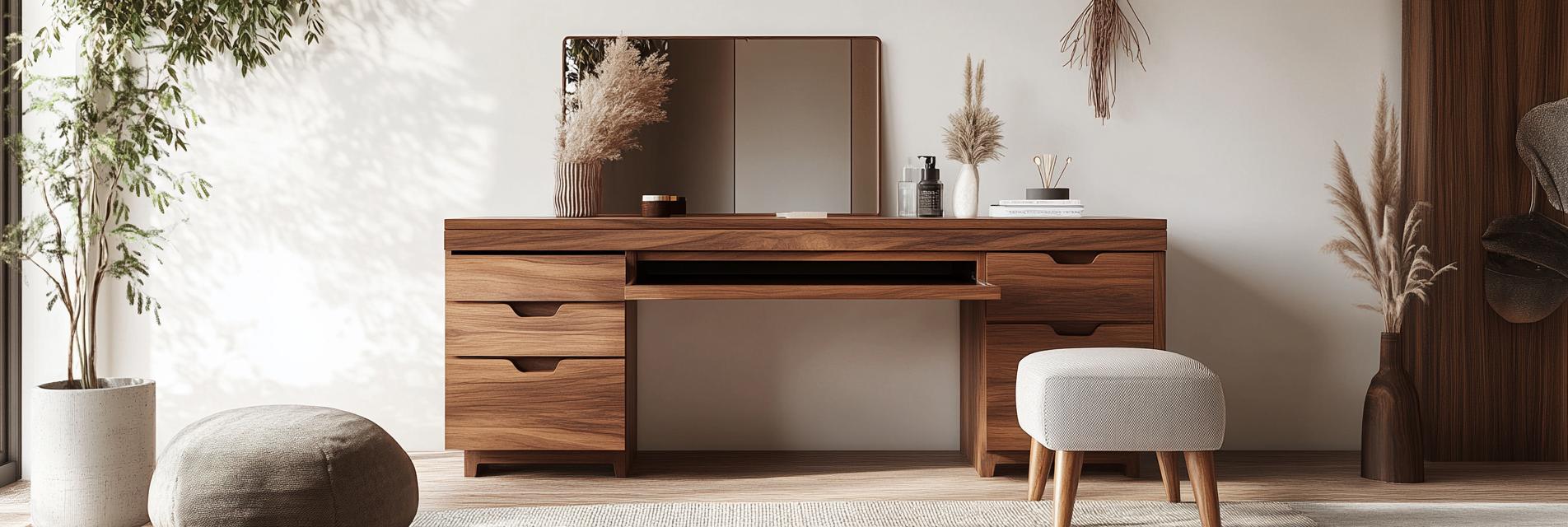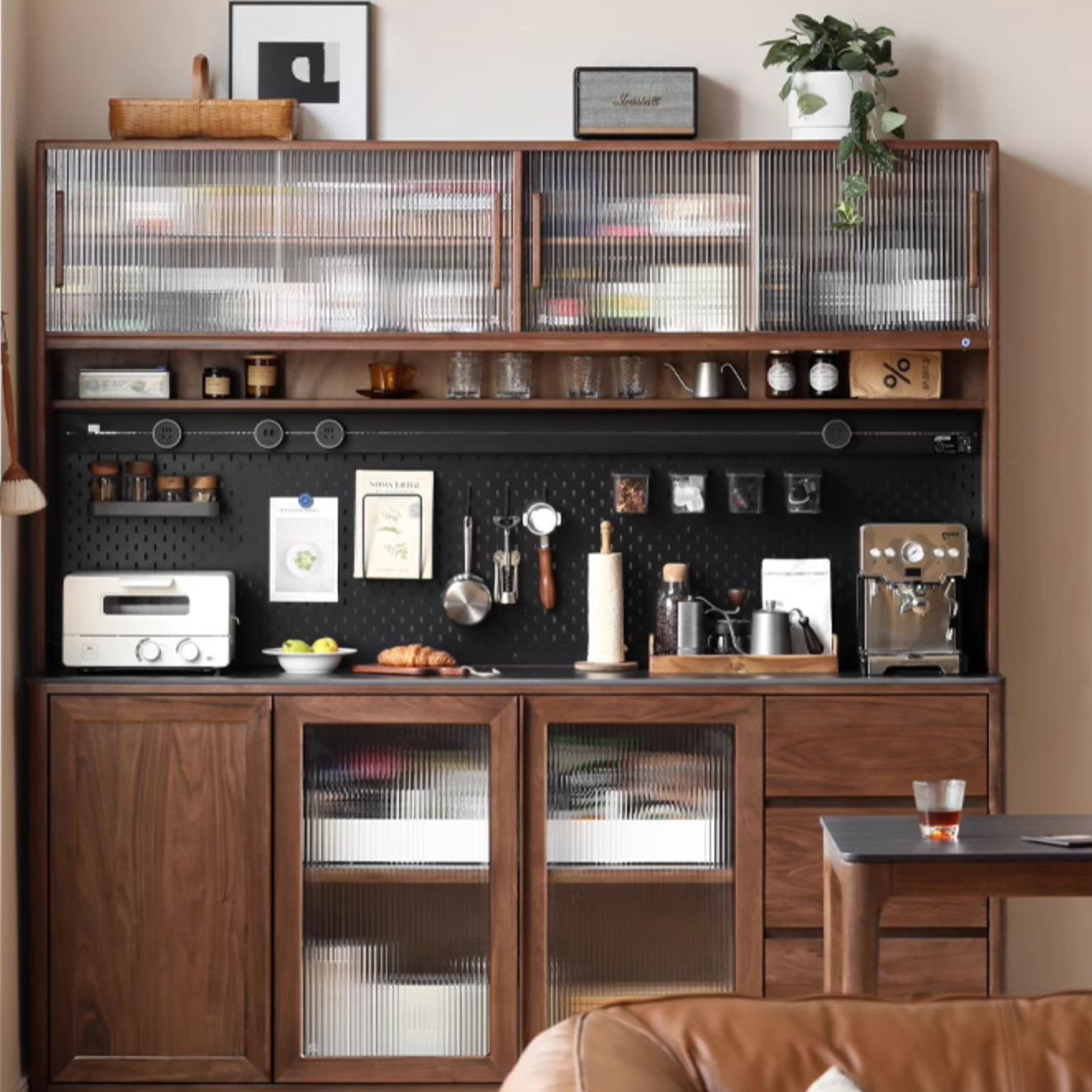
When it comes to purchasing wooden furniture, understanding the advantages and disadvantages of furniture made from different woods is crucial for global buyers. Each type of wood has its own unique characteristics, which can greatly impact the quality, durability, and aesthetic appeal of the furniture. By having a clear understanding of these differences, buyers can make more informed decisions that align with their preferences, budgets, and practical needs.
Oak is a popular choice for furniture due to its strength and durability. It is commonly sourced from North America, Europe, and Asia. Oak furniture has a distinct grain pattern, which gives it a rustic and natural look. The density of oak is about 0.75 - 0.9 g/cm³, making it very sturdy. However, oak furniture can be relatively heavy, which may make it difficult to move around. It also tends to be more expensive compared to some other wood types.

Pine is a softwood that is widely used in furniture making. It is mainly sourced from countries like Canada, Russia, and the United States. Pine furniture has a light color and a straight grain, giving it a simple and natural appearance. The density of pine is around 0.4 - 0.5 g/cm³, which makes it relatively lightweight. Pine is also more affordable compared to oak. However, pine is less durable than oak and is more prone to scratches and dents.
Walnut is a high - end wood used in furniture production. It is commonly found in North America and parts of Europe. Walnut furniture has a rich, dark color and a beautiful grain pattern, which adds a touch of elegance to any space. The density of walnut is approximately 0.65 - 0.75 g/cm³. Walnut is known for its excellent workability and durability. However, it is one of the most expensive wood types for furniture, and its supply can be limited.

Let's take a look at some real - life examples to understand how different wood furniture performs in practice. A hotel in Europe purchased oak dining tables for its restaurant. After five years of use, the tables still looked great, with only minor signs of wear and tear. On the other hand, a small coffee shop chose pine chairs for its seating area. Due to the high traffic, the chairs started to show scratches and dents within a year. A luxury villa in North America installed walnut cabinets in its living room. The cabinets not only added a luxurious touch but also maintained their quality over time.
In conclusion, different wood furniture has its own unique set of advantages and disadvantages. When choosing wooden furniture, global buyers should consider factors such as the intended use, budget, and aesthetic preferences. If you need durable and long - lasting furniture for high - traffic areas, oak may be the best choice. For budget - conscious buyers or for furniture in less - used areas, pine can be a good option. And if you are looking for high - end, elegant furniture, walnut is worth the investment.











